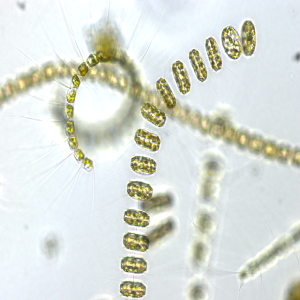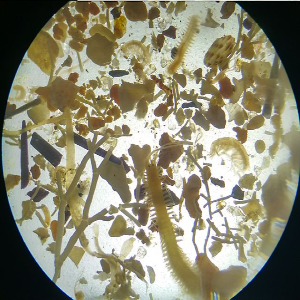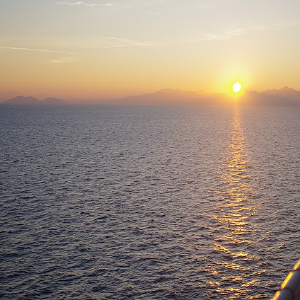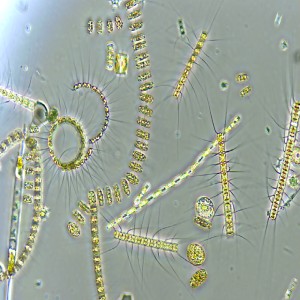Cyanobacteria and microcystin contamination in untreated and treated drinking water in Ghana

Accepted: 30 May 2017
Supplementary: 238
HTML: 629
All claims expressed in this article are solely those of the authors and do not necessarily represent those of their affiliated organizations, or those of the publisher, the editors and the reviewers. Any product that may be evaluated in this article or claim that may be made by its manufacturer is not guaranteed or endorsed by the publisher.
Although cyanobacterial blooms and cyanotoxins represent a worldwide-occurring phenomenon, there are large differences among different countries in cyanotoxin-related human health risk assessment, management practices and policies. While national standards, guideline values and detailed regulatory frameworks for effective management of cyanotoxin risks have been implemented in many industrialized countries, the extent of cyanobacteria occurrence and cyanotoxin contamination in certain geographical regions is under-reported and not very well understood. Such regions include major parts of tropical West and Central Africa, a region constisting of more than 25 countries occupying an area of 12 million km2, with a total population of 500 milion people. Only few studies focusing on cyanotoxin occurrence in this region have been published so far, and reports dealing specifically with cyanotoxin contamination in drinking water are extremely scarce. In this study, we report seasonal data on cyanobacteria and microcystin (MC) contamination in drinking water reservoirs and adjacent treatment plants located in Ghana, West Africa. During January-June 2005, concentrations of MCs were monitored in four treatment plants supplying drinking water to major metropolitan areas in Ghana: the treatment plants Barekese and Owabi, which serve Kumasi Metropolitan Area, and the plants Kpong and Weija, providing water for Accra-Tema Metropolitan Area. HPLC analyses showed that 65% samples of raw water at the intake of the treatment plants contained intracellular MCs (maximal detected concentration was 8.73 µg L-1), whereas dissolved toxins were detected in 33% of the samples. Significant reduction of cyanobacterial cell counts and MC concentrations was achieved during the entire monitoring period by the applied conventional water treatment methods (alum flocculation, sedimentation, rapid sand filtration and chlorination), and MC concentration in the final treated water never exceeded 1 µg L-1 (WHO guideline limit for MCs in drinking water). However, cyanobacterial cells (93-3,055 cell mL-1) were frequently found in the final treated water and intracellular MCs were detected in 17% of the samples (maximal concentration 0.61 µg L-1), while dissolved MCs were present in 14% of the final treated water samples (maximal concentration 0.81 µg L-1). It indicates a borderline efficiency of the water treatment, thus MC concentrations in drinking water might exceed the WHO guideline limit if the treatment efficiency gets compromised. In addition, MC concentrations found in the raw water intake might represent significant human health risks for people living in areas with only a limited access to the treated or underground drinking water.
PAGEPress has chosen to apply the Creative Commons Attribution NonCommercial 4.0 International License (CC BY-NC 4.0) to all manuscripts to be published.



 https://doi.org/10.4081/aiol.2017.6323
https://doi.org/10.4081/aiol.2017.6323







